Aristolochic acid B
- CAS NO.:475-80-9
- Empirical Formula: C16H9NO6
- Molecular Weight: 311.25
- MDL number: MFCD01708574
- EINECS: 207-499-6
- SAFETY DATA SHEET (SDS)
- Update Date: 2024-11-19 15:53:33
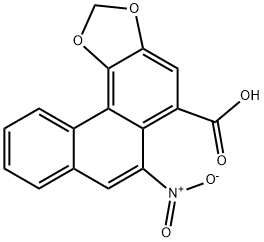
What is Aristolochic acid B?
Chemical properties
Shiny brown leaflets or a yellow or white powder.
The Uses of Aristolochic acid B
Aristolochic acids occur in Aristolochiaceae and in butterflies feeding on these plants. One of a group of fourteen known, substituted 1-phenanthrenecarboxylic acids
What are the applications of Application
Aristolochic Acid B is a substituted 1-phenanthrenecarboxylic acid
Definition
ChEBI: Aristolochic acid B is an aristolochic acid that is phenanthrene-1-carboxylic acid substituted by a methylenedioxy group at the 3,4 positions and by a nitro group at position 10. It has a role as a carcinogenic agent, a metabolite, a mutagen, a nephrotoxin and a toxin. It is a C-nitro compound, a member of aristolochic acids, an aromatic ether, a cyclic acetal, a monocarboxylic acid and an organic heterotetracyclic compound.
Potential Exposure
Aristolochic acids are alkaloids used primarily as a chemical intermediate for pharmaceuticals, lab chemicals, herbal extract, drug.
Carcinogenicity
Aristolochic acids are known to be human carcinogens based on sufficient evidence of carcinogenicity from studies in humans and supporting data on mechanisms of carcinogenesis. Evidence of carcinogenicity from studies in experimental animals supports the findings in humans.
Shipping
UN1544 Alkaloids, solid, n.o.s. or Alkaloid salts, solid, n.o.s. poisonous, Hazard Class: 6.1; Labels: 6.1- Poisonous materials, Technical Name Required. PG III.
Incompatibilities
Compounds of the carboxyl group react with all bases, both inorganic and organic (i.e., amines) releasing substantial heat, water and a salt that may be harmful. Incompatible with oxidizers (chlorates, nitrates, peroxides, permanganates, perchlorates, chlorine, bromine, fluorine, etc.); contact may cause fires or explosions. Keep away from alkaline materials, strong bases, strong acids, oxoacids, epoxides.
Waste Disposal
It is inappropriate and possibly dangerous to the environment to dispose of expired or waste drugs and pharmaceuticals by flushing them down the toilet or discarding them to the trash. Household quantities of expired or waste pharmaceuticals may be mixed with wet cat litter or coffee grounds, double-bagged in plastic, discard in trash. Larger quantities shall carefully take into consideration applicable DEA, EPA, and FDA regulations. If possible return the pharmaceutical to the manufacturer for proper disposal being careful to properly label and securely package the material. Alternatively, the waste pharmaceutical shall be labeled, securely packaged and transported by a state licensed medical waste contractor to dispose by burial in a licensed hazardous or toxic waste landfill or incinerator. All federal, state, and local environmental regulations must be observed.
Properties of Aristolochic acid B
| Melting point: | 270~272℃ |
| Boiling point: | 592.2±50.0 °C(Predicted) |
| Density | 1.610±0.06 g/cm3(Predicted) |
| storage temp. | 4°C, protect from light |
| solubility | Sparingly soluble in methanol; |
| form | powder |
| pka | 2.99±0.20(Predicted) |
| color | Yellow |
| Water Solubility | practically insoluble in water |
Safety information for Aristolochic acid B
Computed Descriptors for Aristolochic acid B
New Products
Tert-butyl bis(2-chloroethyl)carbamate (S)-3-Aminobutanenitrile hydrochloride N-Boc-D-alaninol N-BOC-D/L-ALANINOL N-octanoyl benzotriazole 4-Hydrazinobenzoic acid 3,4-Dibenzyloxybenzaldehyde Electrolytic Iron Powder 1,1’-CARBONYLDIIMIDAZOLE R-2-BENZYLOXY PROPIONIC ACID 4-HYDROXY BENZYL ALCOHOL 1,1’-CARBONYLDI (1,2-4 TRIAZOLE) S-2-CHLORO PROPIONIC ACID (2-Hydroxyphenyl)acetonitrile 4-Bromopyrazole 5-BROMO-2CYANO PYRIDINE 5,6-Dimethoxyindanone 5-broMo-2-chloro-N-cyclopentylpyriMidin-4-aMine 3-(Hydroxymethyl)benzoate N-Boc-2-chloroethylamine 1-Bromo-2-methoxy-3-nitrobenzene N-Methyl-3-cyclopenten-1-amine 2-Bromo-3-hydroxybenzaldehyde 1H-indazole-5-carboxamideRelated products of tetrahydrofuran
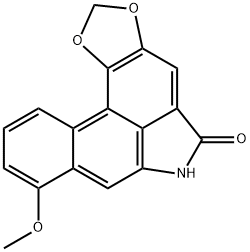
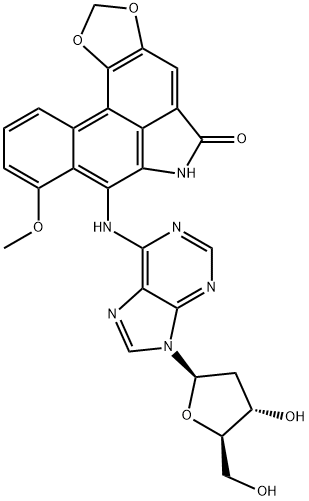
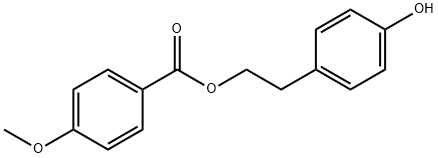
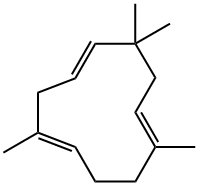
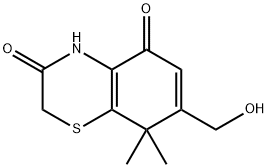
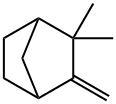
![(1aR)-1,1aβ,4,5,6,7,7a,7bβ-Octahydro-1,1,7β,7aβ-tetramethyl-2H-cyclopropa[a]naphthalen-2-one](https://img.chemicalbook.in/CAS/20150408/GIF/25274-27-5.gif)
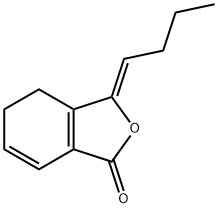
You may like
-
 7441-43-2 98%View Details
7441-43-2 98%View Details
7441-43-2 -
 1260741-78-3 6-Bromo-3-iodo-1-methyl-1H-indazole 98%View Details
1260741-78-3 6-Bromo-3-iodo-1-methyl-1H-indazole 98%View Details
1260741-78-3 -
 (3-Benzyloxypropyl)triphenyl phosphonium 98%View Details
(3-Benzyloxypropyl)triphenyl phosphonium 98%View Details
54314-85-1 -
 4-bromo-3,5-dimethylbenzenesulfonyl chloride 1581266-79-6 98%View Details
4-bromo-3,5-dimethylbenzenesulfonyl chloride 1581266-79-6 98%View Details
1581266-79-6 -
 2490430-37-8 98%View Details
2490430-37-8 98%View Details
2490430-37-8 -
 N-(5-Amino-2-methylphenyl)acetamide 5434-30-0 98%View Details
N-(5-Amino-2-methylphenyl)acetamide 5434-30-0 98%View Details
5434-30-0 -
 124371-59-1 98%View Details
124371-59-1 98%View Details
124371-59-1 -
 53857-52-2 98%View Details
53857-52-2 98%View Details
53857-52-2